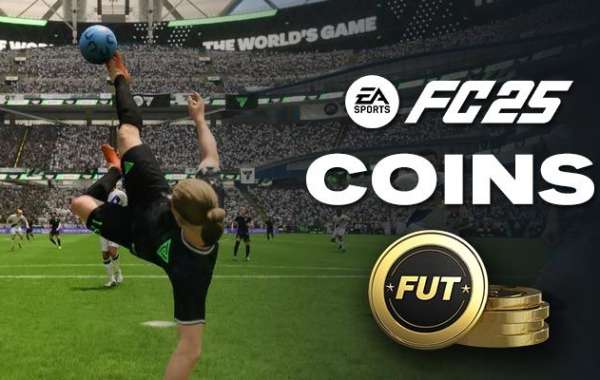It is possible to treat depression without resorting to medications. There are other treatments, such as Cognitive-behavioral therapy and problem-solving therapy, that are available. In addition, there are several types of relaxation and meditation techniques that may help.
Antidepressants
Antidepressants are medications used to treat major depressive disorder (MDD). They are also used to treat anxiety disorders and addictions. These drugs affect a variety of chemicals in the brain, including serotonin, norepinephrine, and dopamine.
Antidepressants are generally prescribed for four to nine months. However, some patients may need longer or shorter treatment. The duration of treatment depends on the patient's risk for relapse. For example, patients who have multiple episodes of depression may benefit from a longer treatment course.
Antidepressants can cause side effects, which are usually mild. If you are using an antidepressant, you should discuss its effects with your doctor. Also, some antidepressants should not be taken during pregnancy.
Vagus nerve stimulation
Vagus nerve stimulation is a treatment that uses a small electric device implanted beneath the skin to send electrical pulses to the vagus nerve, which is one of the 12 pairs of cranial nerves. It travels up the neck to the brain and is connected to areas that are believed to control mood.
It's used to treat people with depression. It works by sending regular, low-frequency electrical pulses to the vagus nerve. The devices can be programmed in the office, and doctors have the ability to change the settings and the dose to adjust for a patient's needs.
In 2005, the Food and Drug Administration approved vagus nerve stimulation for the treatment of patients with chronic or recurrent depression. Several studies have shown that the device reduces symptoms of depression and improves a person's mood.
Transcranial magnetic stimulation
TMS, or transcranial magnetic stimulation, is a non-invasive procedure that uses a magnetic pulse to stimulate nerve cells in the brain. It can help treat treatment-resistant depression. Unlike electroconvulsive therapy (ECT), it has less side effects and is well tolerated.
Typical treatments involve 30 sessions over a six-week period. A recent study showed that one session of magnetic stimulation can change the excitability of the brain, as well as the way that it functions. During this time, blood flow in areas of the brain that are activated increases, which researchers believe will have a positive impact on mood.
While TMS may be an effective method of treating depression, it's not a cure-all. Depending on the severity of the symptoms, a person's physician might recommend antidepressants before using the procedure.
Cognitive-behavioral therapy
Cognitive behavioral therapy (CBT) is a standardized procedure that teaches a person to modify his or her thoughts and behaviors. The main goal of this therapy is to improve the sufferer's ability to cope with emotional and physical situations. CBT uses several techniques, such as role playing and guided discovery, to achieve its objectives.
This technique focuses on a person's perceptions, enabling him or her to identify false thought patterns and understand the origins of those patterns. By challenging the distorted beliefs, the sufferer can learn to better perceive and interact with people, events, and materials.
CBT has been studied in academic settings and has also been applied in clinical settings. One of the simplest techniques used by this treatment involves helping the sufferer to understand the concept of cognitive awareness, which is a process by which a person can recognize and alter negative behaviors and thought patterns.
Problem-solving therapy
Problem-solving therapy (PST) is a cognitive-behavioral intervention that trains individuals to solve problems. This therapy addresses maladaptive thinking patterns and impulsive behaviors and helps people adapt to difficult situations.
PST has been shown to be effective in treating various mental health conditions, including depression. It is typically delivered by a primary care physician. The sessions are typically short, lasting between four and 12 minutes, and include an agenda setting, reviewing action plans, and engaging in PST model problem-solving activities.
One clinical trial found that PST was significantly more effective than usual care and medication. Other studies have shown the effectiveness of problem-solving training. These results are encouraging, but more research is needed to examine the efficacy of PST in youth with depression.
Relaxation techniques
Relaxation techniques have been proven to reduce stress, anxiety and depression. They also promote long-term health. Some of the most common techniques include meditation, progressive muscle relaxation, and breathing exercises.
However, a good amount of empirical evidence is needed to understand the effectiveness of relaxation-based interventions in children and adolescents in low-income countries. The World Health Organization (WHO) has recommended relaxation techniques for the treatment of mild to moderate depressive symptoms in young people.
A meta-analysis of relaxation techniques revealed that the best performing technique was probably the multicomponent face-to-face relaxation. Other popular techniques were the meditation, breathing, and guided imagery ones.
A more robust review was conducted by Jorm, Morgan, and Hetrick. This review included a rigorous research design, as well as a plethora of RCTs involving 8009 young people.







